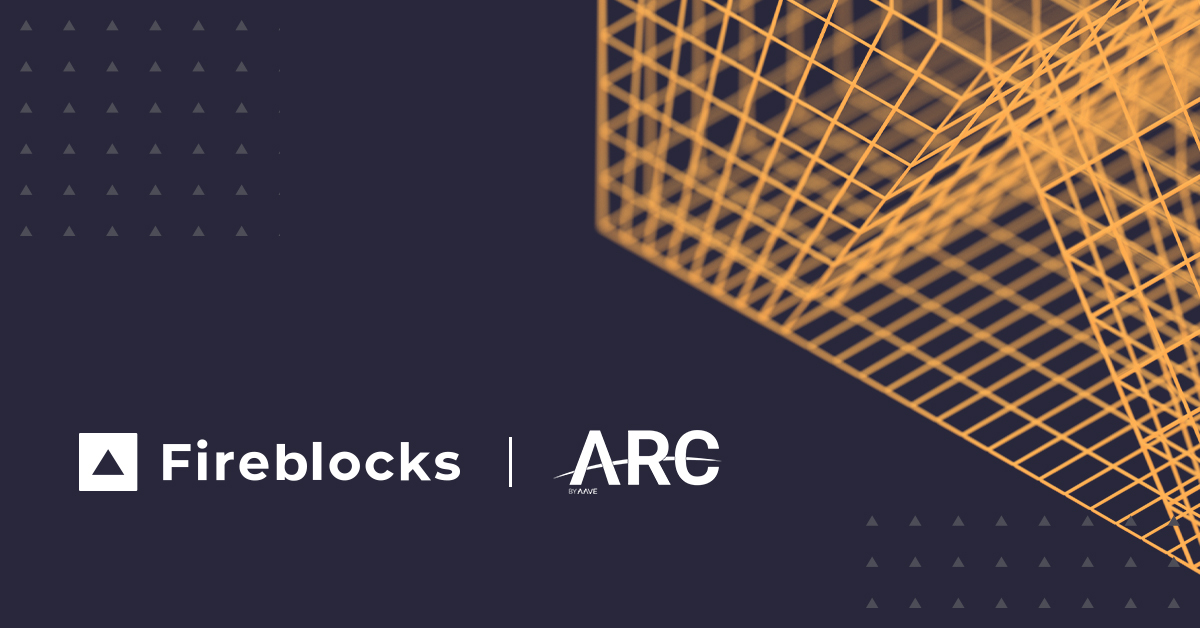If you follow the digital asset market, you’re probably aware of DeFi by now. DeFi, or decentralized finance, is an emerging financial technology based on distributed ledgers that enables users to cut out many of the intermediaries associated with traditional financial services.
You may have also heard of “permissioned DeFi,” a more recent development that introduces greater security and regulatory clarity for financial institutions. Recently, Aave released its permissioned DeFi protocol, Aave Arc, with Fireblocks serving as the very first active whitelister for the protocol.
But what exactly is permissioned DeFi, and how does it differ from the standard definition of DeFi? There are several key differences between the two, so it’s important to understand the distinctions and how they might affect your long-term strategy.
Let’s walk through the similarities and differences between these two models, so you can participate in the DeFi space with the knowledge you need to maximize profits securely and efficiently.
Permissionless DeFi
At its core, DeFi is based on secure distributed ledgers, similar to those used by cryptocurrencies. It is a uniquely permissionless way of interacting with assets that empowers any user to explore the benefits of financial services without intermediaries.
Using blockchain technology, DeFi can remove the controls central institutions have on money, financial products, and financial services. It can also eliminate the fees that banks and other financial companies charge for using their services, enable users to hold money in a digital wallet instead of keeping it in a bank, and transfer funds in minutes or even seconds.
Anyone with an internet connection can use DeFi without needing approvals from any central institutions. The ultimate goal of DeFi is to remove third parties and legacy approval systems from financial transactions.
The popularity of DeFi has exploded in recent years, with about $100 billion in USD total locked value (TLV) today, up from $15 billion just a year ago. The TLV is projected to reach over $800 billion by the end of 2022. But despite the enormous amount of value currently locked in DeFi, the market has largely remained untapped by institutions due to a lack of support for enterprise-grade risk management and regulatory uncertainty.
Permissioned DeFi
Some institutions are hesitant to enter the DeFi space due to security concerns. According to Elliptic’s report on DeFi (“Regulation, Compliance and the Growth of DeCrime”) over $12 billion in losses have been suffered by DeFi users and investors.
In addition to security issues, institutions may also be unsure about exploring DeFi due to the lack of regulatory clarity around it.
Permissioned DeFi is designed to solve these issues by providing financial institutions a way to participate in DeFi while prioritizing security, compliance, and regulations. In general, permissioned protocols can offer the decentralization benefits of DeFi, while allowing permissioning (whitelisting) to be more centralized. This approach empowers stronger KYC and AML processes.
Today, Aave is offering the first fully permissioned DeFi protocol with Aave Arc. As the first whitelister for Aave Arc, Fireblocks has an exclusive gateway to approve KYC and whitelist institutions to participate in Aave Arc for supplying and borrowing. Fireblocks has already whitelisted numerous platforms for the protocol, including Anubi Digital, Canvas Digital, CoinShares, and GSR.
How to Access Permissionless and Permissioned DeFi
If your organization is considering DeFi, Fireblocks is here to help – whether you’re interested in fully decentralized finance, permissioned DeFi, or both.
Fireblocks enables institutional access to DeFi apps for trading, lending, and staking. Our DeFi platform provides enterprise-grade protections and fully customizable governance and policy controls, making it easy for organizations to dive into DeFi without jeopardizing security.
Many institutions are already using Fireblocks to trade on decentralized exchanges, and implement staking and yield farming strategies across any protocol. There are three ways to access DeFi via Fireblocks:
- Fireblocks DeFi API
- DeFi Browser Extension
- Native WalletConnect Integration
Fireblocks also provides access to the first permissioned DeFi market, Aave Arc, directly from our secure wallet infrastructure. With required KYC/KYB verification, AML-monitoring, and enterprise-grade security and governance, this represents the safest and most efficient way to access permissioned DeFi.




